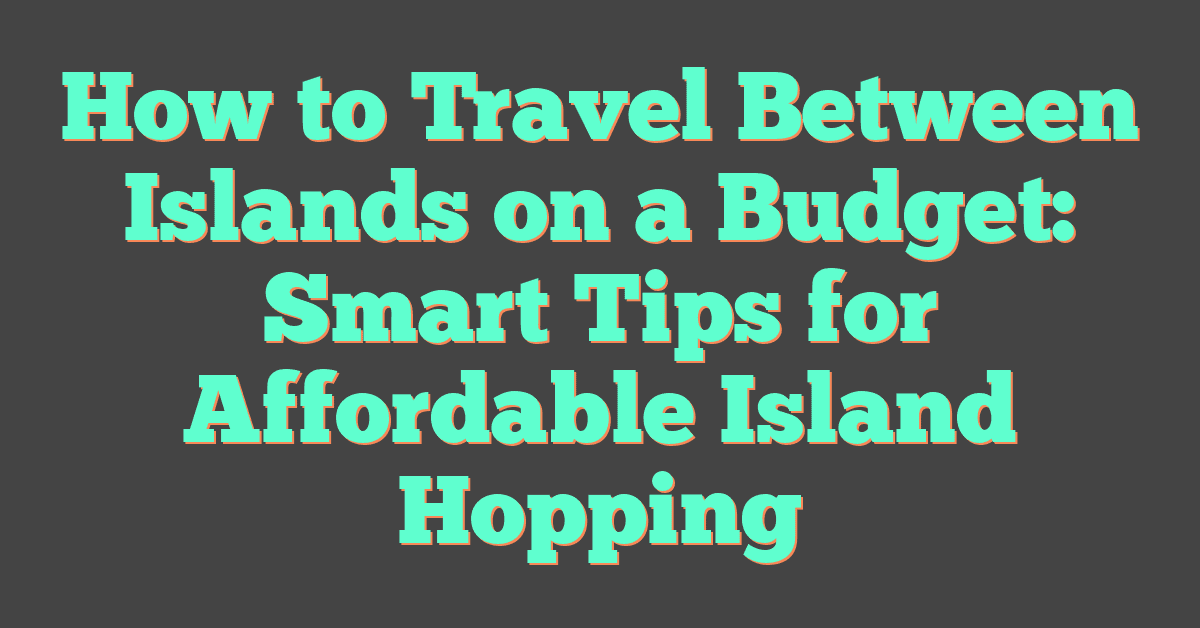Every year, I look forward to the incredible experience of whale watching in Hawaii. Watching massive humpback whales leaping and swimming just off the coast feels magical.

The best months for whale watching in Hawaii are from December through April. The peak happens between January and March.
During this time, thousands of humpbacks return to the warm Hawaiian waters to breed and raise their young.

You can find great spots to watch whales across the Hawaiian Islands. Maui stands out for having the most sightings and the best views.
I find it easy to spot whales from the shore or from one of the many boat tours around Maui and nearby islands like Lanai and Molokai. If you’re planning a trip, visiting during these winter months gives you the best chance to see these amazing animals up close.
Overview of Hawaii Whale Watching Season
Whale watching in Hawaii is a special experience. The timing of your visit can make a big difference.
Many visitors come to Hawaii hoping to spot the North Pacific humpback whales as they gather in the warm tropical waters.
Key Whale Watching Months
The whale watching season in Hawaii runs from November to May. The best time to see whales is from December through April.
I find that January, February, and March are the peak months. During these winter months, the ocean is full of life, and humpback whales are more active near the islands.
Summer months are not good for whale watching. Most whales have already left Hawaii by then.
If you want the best chances, plan your trip during the heart of the whale season. Maui is one of the top places to watch whales, especially along the west coast.
Peak Whale Watching Months Table
| Month | Whale Activity |
|---|---|
| December | Good |
| January | Excellent |
| February | Excellent |
| March | Excellent |
| April | Good |
| May | Fair |
Migration of Humpback Whales
Each year, thousands of North Pacific humpback whales travel from Alaska to Hawaii. The whales migrate to the warm tropical waters around the islands to mate, give birth, and nurse their young.
They make a long journey, which is over 3,000 miles. From late fall through early spring, these whales gather in large numbers off Hawaii’s shores.
Most whales start arriving in November and stay until around April. Outside this period, almost all the whales return to Alaska.
Large groups are most common during the heart of the whale watching season. Watching mothers with calves swimming close to shore is unforgettable.
Best Time for Whale Watching in Hawaii
The months you visit can affect the number of whale sightings and the kinds of behaviors you can see. Timing matters for each island.
Peak Whale Watching Months
From my experience and what the data shows, the best time for whale watching in Hawaii is between December and March. This is when humpback whales gather in the highest numbers.
Mid-January through March is the absolute peak for whale activity. During these months, I often spot whales breaching, tail slapping, and traveling in groups.
These behaviors are easier to see when the population is highest. Whale-watch tours during this period are more likely to include close-up views and even mother-calf pairs.
While whales can show up as early as November or as late as May, December to March gives me the best chance to see dramatic displays. Most whale-watch tour companies operate full schedules during this peak season.
Factors Influencing Whale Watching
Many things affect my whale watching experience in Hawaii. Weather is very important—calm, clear days make it easier to spot spray, breaching, and tails from a distance.
Rain or choppy seas can make sightseeing harder. The island I choose also matters.
Maui is famous for many close-up encounters. Whale activity can also be strong near Kauai, Oahu, and the Big Island.
Each location has its own popular lookouts and boat tours. Time of day changes my luck, too.
Early morning often brings less wind and better views of marine life. A daily whale count—shared by local tour companies—shows where recent sightings have been highest.
Noticing these factors helps me pick the best time and spot for whale watching in Hawaii.
Top Locations for Whale Watching

Whale watching is best in certain parts of Hawaii. Each group of islands offers easy viewing, local tours, and some famous spots that make the experience special.
Maui Nui Basin and Auau Channel
When I want the most action, I go to the Maui Nui Basin, especially the Auau Channel. This channel sits between Maui, Lanai, and Molokai.
Humpback whales gather there in large numbers during peak season. Calm and shallow waters make it great for mother whales and their calves.
Tour boats leave regularly from Lahaina and Maalaea Harbor. From the shore, I can often see breaches and blows without binoculars.
Whether I pick a Maui whale watching tour or view from Lahaina’s beaches, spotting whales close to land is common.
Kohala Coast and Big Island
The Kohala Coast on the Big Island is my favorite for quiet and uncrowded whale watching. The coastline runs north of Kona and offers ocean views from beaches, parks, and even resorts.
I often visit Puukohola Heiau National Historic Site, which has benches and clear ocean views. This spot offers a wide vantage of passing humpbacks.
I also find whale watching tours that leave from Kawaihae Harbor and Waikoloa. The Big Island isn’t as busy as Maui, so I get longer whale encounters.
Sometimes, I even see spinner dolphins. Big Island whale watching season matches the rest of Hawaii, making winter the best time for a visit.
Oahu and Kauai Viewing Spots
If I’m staying on Oahu, I go to lookouts along the south and east shores. Makapu’u Lighthouse Trail is excellent for spotting whales below.
Hanauma Bay Ridge and Diamond Head Road also offer panoramic ocean views. Oahu has several tour options, but I like that I can see whales from shore with little effort.
On Kauai, the best places are Kilauea Lighthouse and the cliffs near Princeville. I often use binoculars here because whales are further out.
Poipu Beach’s southern shore gives good chances from land. Both Oahu and Kauai offer easy spots for beginners, with park-like viewing areas and calm trails.
Other Notable Islands and Lookouts
Besides Maui, Big Island, Oahu, and Kauai, I’ve found standout viewing on Lanai and Molokai. Lanai’s Manele Bay has high lookouts and a calm beach for spotting whales.
The steep coastline of Molokai gives fantastic views, especially from Kalaupapa Lookout. Tours exist on these islands, though less frequent than on Maui.
If I want a quieter whale watching trip, these smaller Hawaii islands let me enjoy fewer crowds and more connection to nature. Local guides and friendly residents often share whale facts.
Types of Whale Watching Experiences

I’ve found many ways to see whales in Hawaii, each with something special to offer. Some options are out on the water, while others let me stay on shore.
Boat Tours and Cruises
When I join a boat tour, I get the closest views of humpback whales. There are choices like small rafts, large catamarans, and whale-watching cruises.
Most tours leave from Maui, Oahu, Kauai, or the Big Island. Guides on the boats help me spot whales and explain their behavior.
Catamarans often offer a smoother ride, while smaller boats can get a bit closer to the action. Many tour operators hire marine naturalists who talk about whale life cycles and answer questions.
Some tours use hydrophones, letting me hear the whales’ songs underwater. I always bring binoculars for better views.
Most boat and whale watching tours last two to three hours. Sunrise and sunset cruises are popular because whales are active and the light makes photos extra clear.
Land-Based Whale Watching
I can watch whales without leaving dry land. Many lookout points on the islands, especially on Maui’s west coast and the Big Island’s Kohala Coast, offer great views.
Sites like McGregor Point and Kaanapali Beach are good for whale watching with binoculars. From shore, I don’t get as close, but I still see whales breaching, tail-slapping, and spouting.
Land-based whale watching works well if I want to avoid seasickness or have limited mobility. Some spots have information signs and volunteers who help me identify whale behaviors.
With patience, I often spot mothers and calves near the surface. Early mornings usually have calmer water, making it easier to see whales.
Unique Whale-Watching Opportunities
Some tours give me experiences I can’t find everywhere. For example, I can join a snorkel tour focused on listening to whales with hydrophones.
I can try kayak tours, where I paddle out and hope to see whales in their natural habitat. These trips feel peaceful and help me connect with nature.
Some photography tours bring pro gear and offer tips for taking great photos. A few operators offer private charters for small groups.
Each unique whale-watching experience adds something special to my Hawaii adventure.
Planning Your Whale Watching Trip

When I plan a whale watching trip to Hawaii, I think about where I’ll stay and how I’ll watch whales. Small choices, like picking the right island or the best tour time, make a big difference.
Accommodations and Travel Tips
I visit during peak whale watching season, usually from January to March. That’s when the most humpback whales are near Maui.
I look for hotels or vacation rentals close to the harbor so I can get to early morning tours easily. If I’m staying on Maui, I check out towns like Lahaina or Kihei.
These areas have easy access to boat tours and plenty of food options. Booking early saves me money and gives me more choices.
I pack light but always bring sun protection, a windbreaker, and a camera with a zoom lens. I rent a car if I want to explore more of the island before or after my tour.
I check the weather because calm seas in the morning or late afternoon give me the best chance to see whales.
Choosing the Right Tour and Guides
I read reviews before picking a Maui whale watching tour. Many reputable operators work with marine naturalists who teach me about whales and how to spot them.
I look for guides certified by groups like the Pacific Whale Foundation. Boat tours come in several types, so I choose what fits me best.
Smaller boats and rafts can get closer to the action, while bigger boats are more comfortable if I get seasick. I ask about safety rules and make sure they follow respectful wildlife viewing guidelines.
Some tours use hydrophones so I can hear whale songs underwater. I recommend this unique experience.
I prefer morning tours because whales are more active and the sea is calmer then. Booking online ahead of time lets me pick the best company and date.
More tips on Maui’s options are available from this Hawaii whale watching guide.
Conservation and Responsible Whale Watching

I want to enjoy whale watching in a way that keeps whales and the environment safe. Learning about laws and making smart choices helps protect these amazing animals.
Wildlife Protection Laws
When I go whale watching, I follow rules that keep whales safe. The Marine Mammal Protection Act and the Endangered Species Act make it illegal to harass or harm whales.
For humpback whales, the protected waters around Hawaii are called the Humpback Whale National Marine Sanctuary. Boats must stay at least 100 yards away from the whales.
This prevents disturbing their natural behaviors and keeps everyone safe. If I see a whale in distress or someone breaking the rules, I report it to local authorities.
Supporting Sustainable Tourism
I always pick whale-watching tours that care about the environment. Responsible companies follow the laws and educate guests about whales.
They never chase or crowd the animals. Many companies work with scientists and help collect data on whale activity.
Sustainable tour operators often partner with the Humpback Whale National Marine Sanctuary for research and conservation. Some offer eco-friendly features, such as quieter boats and cleanup events.
They remind guests not to leave trash behind. When I choose operators who practice responsible whale watching, I support local guides and protect whales.
This helps ensure future generations can enjoy these magical moments too. For more about finding responsible whale-watching opportunities, visit this guide on the best time for whale watching in Hawaii.




